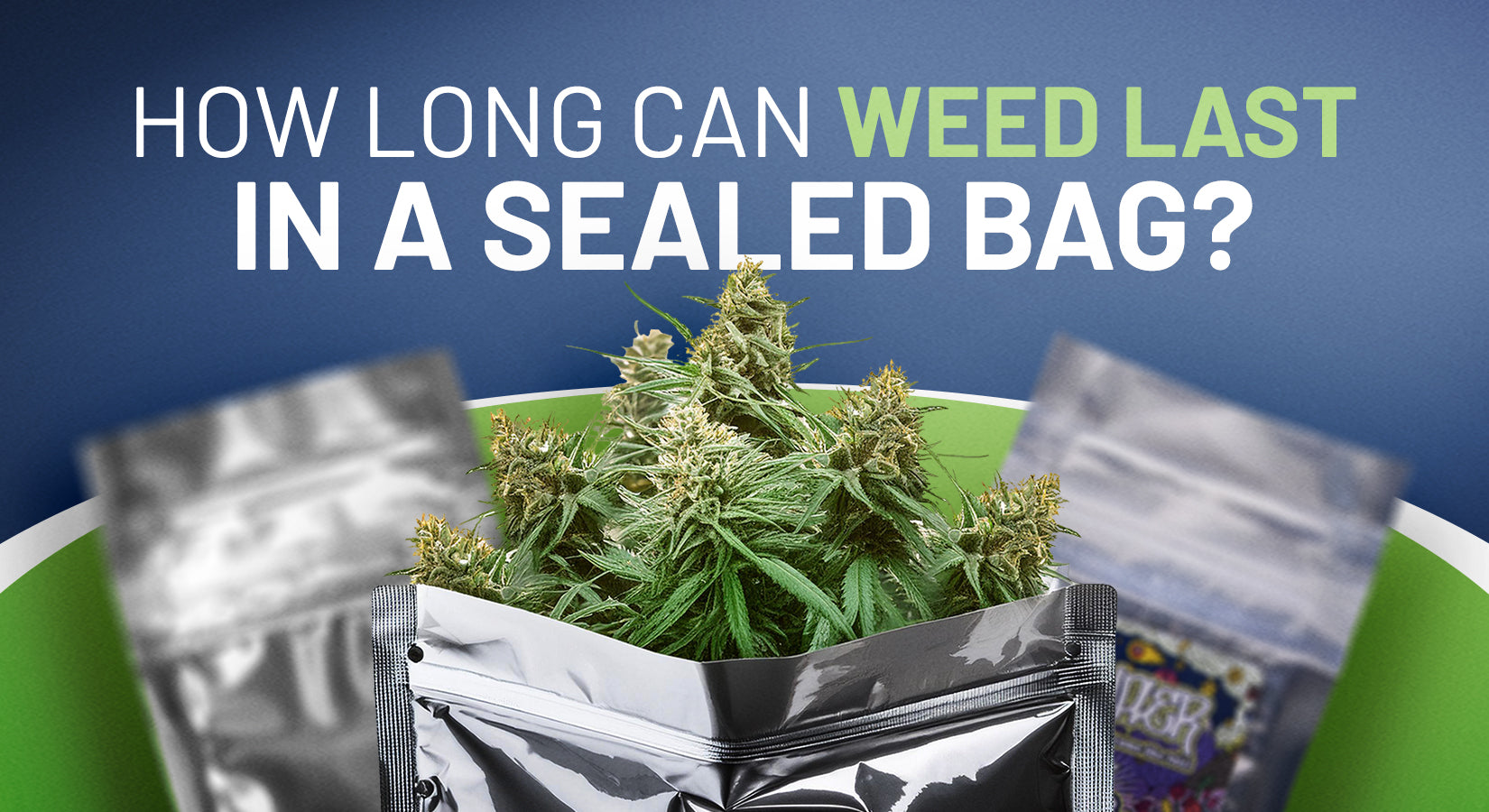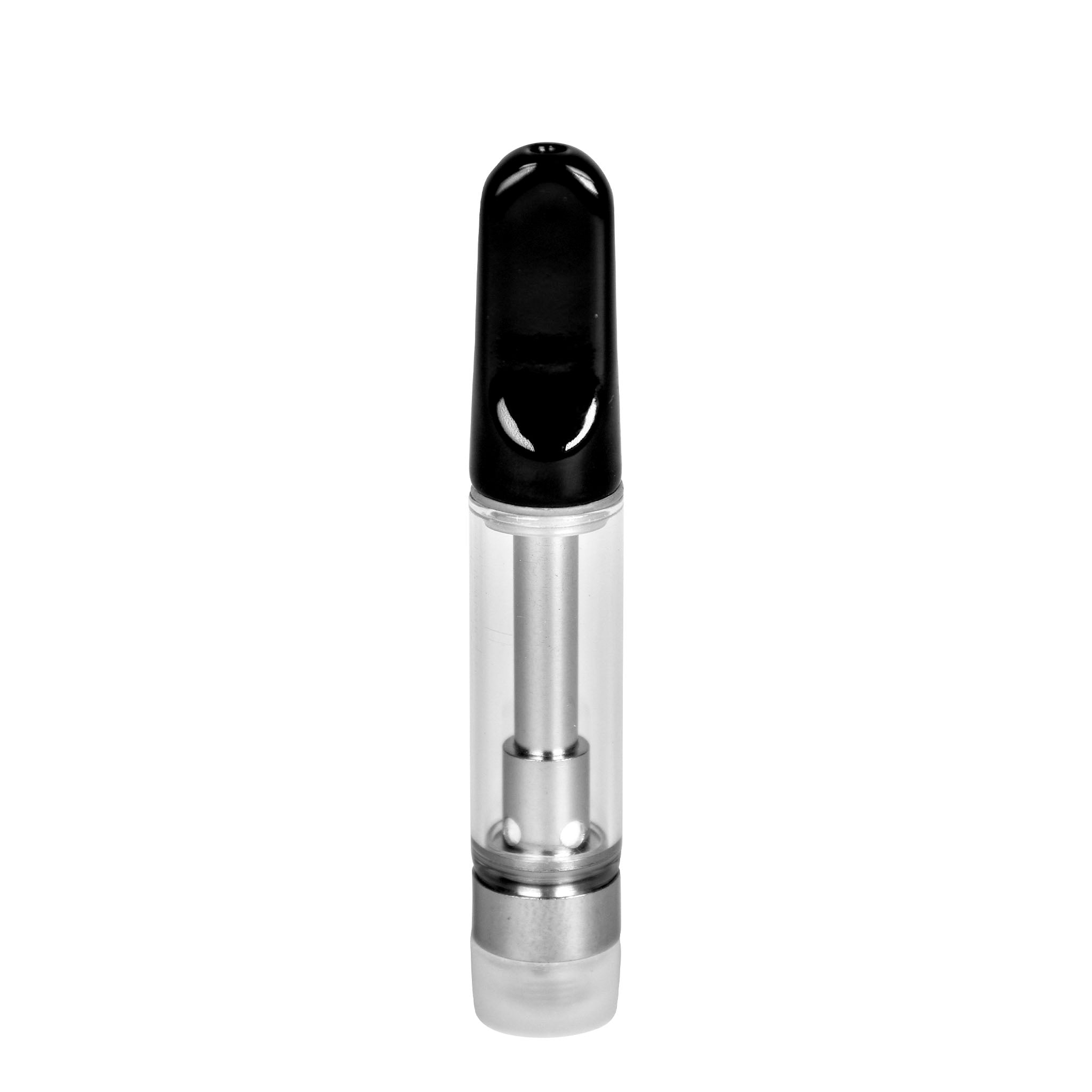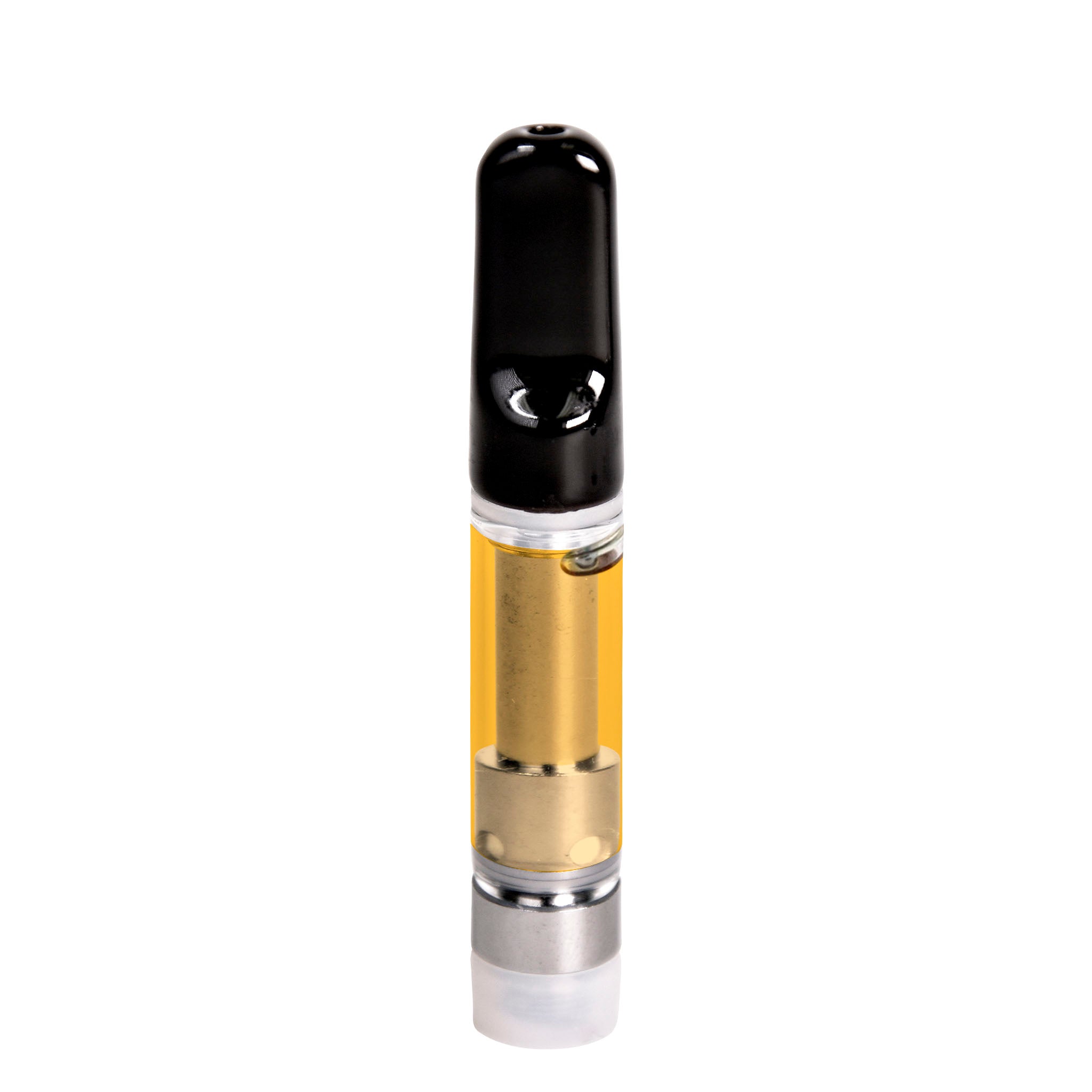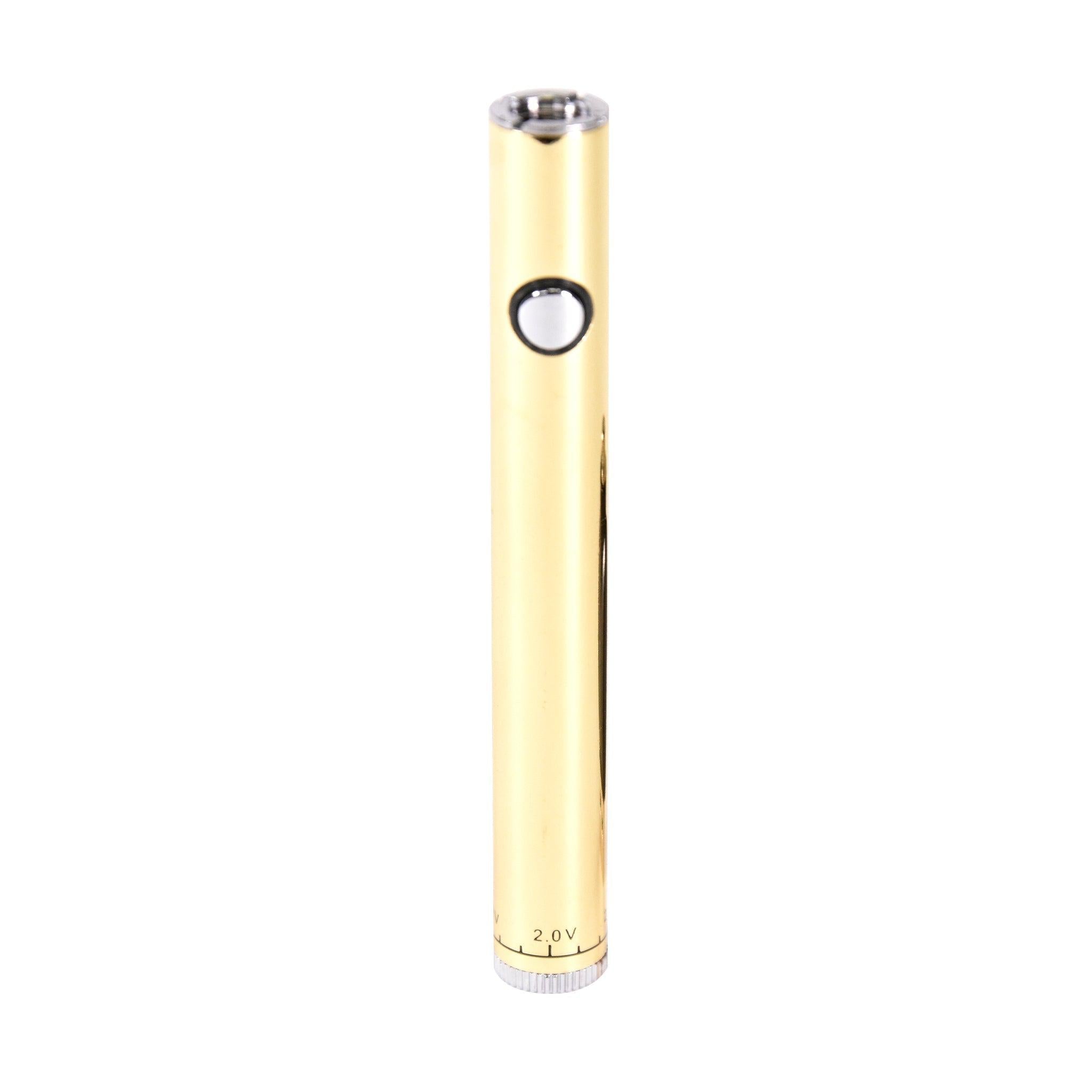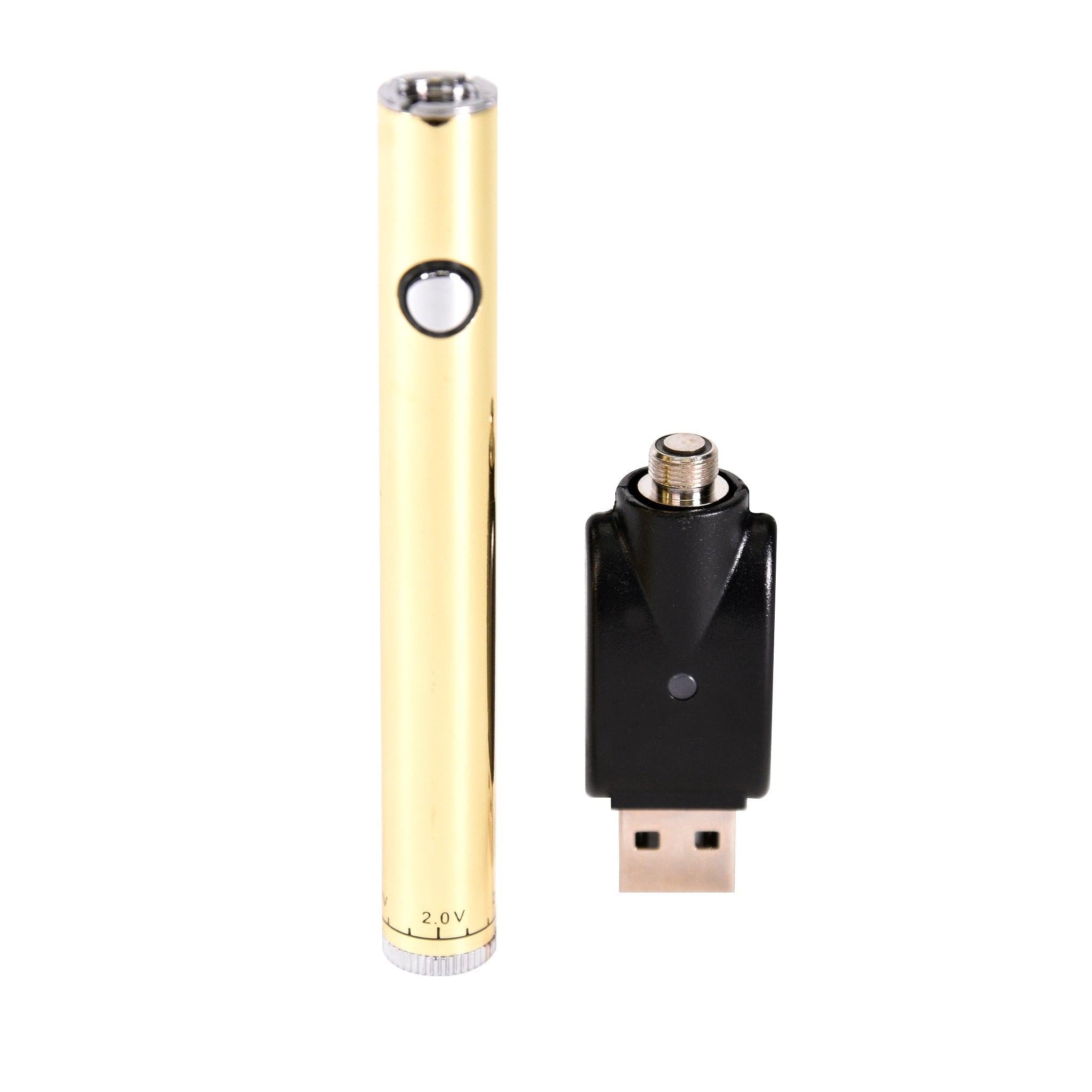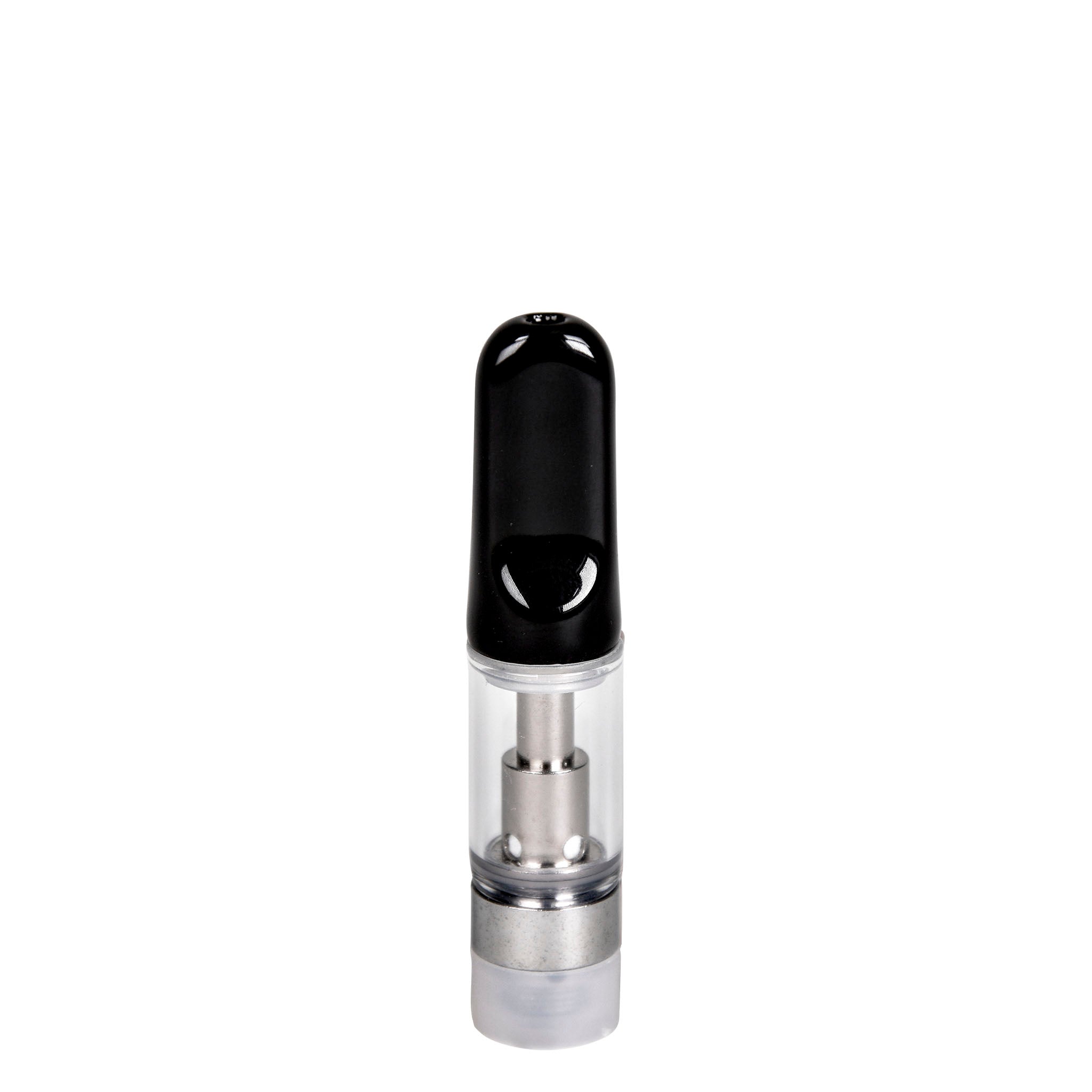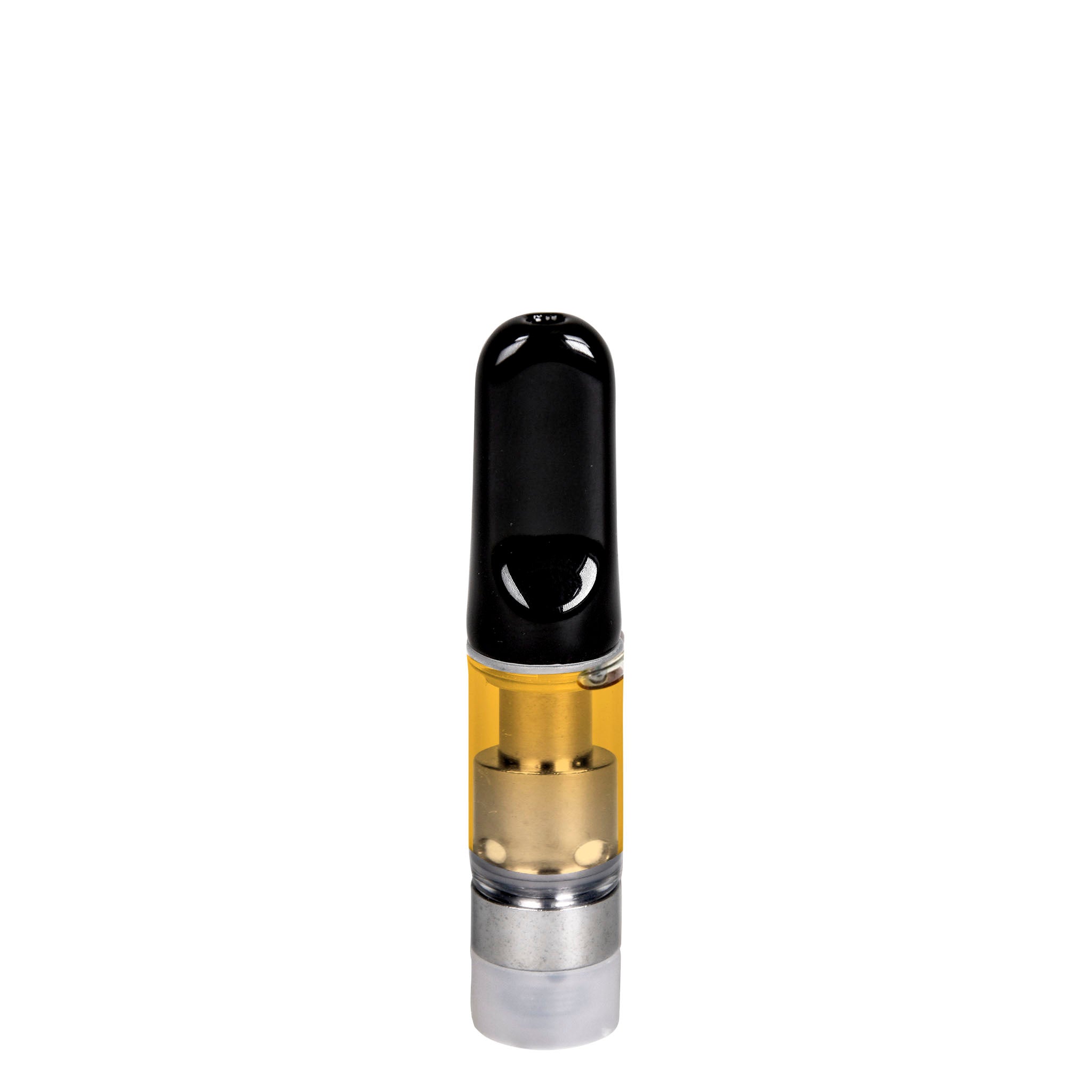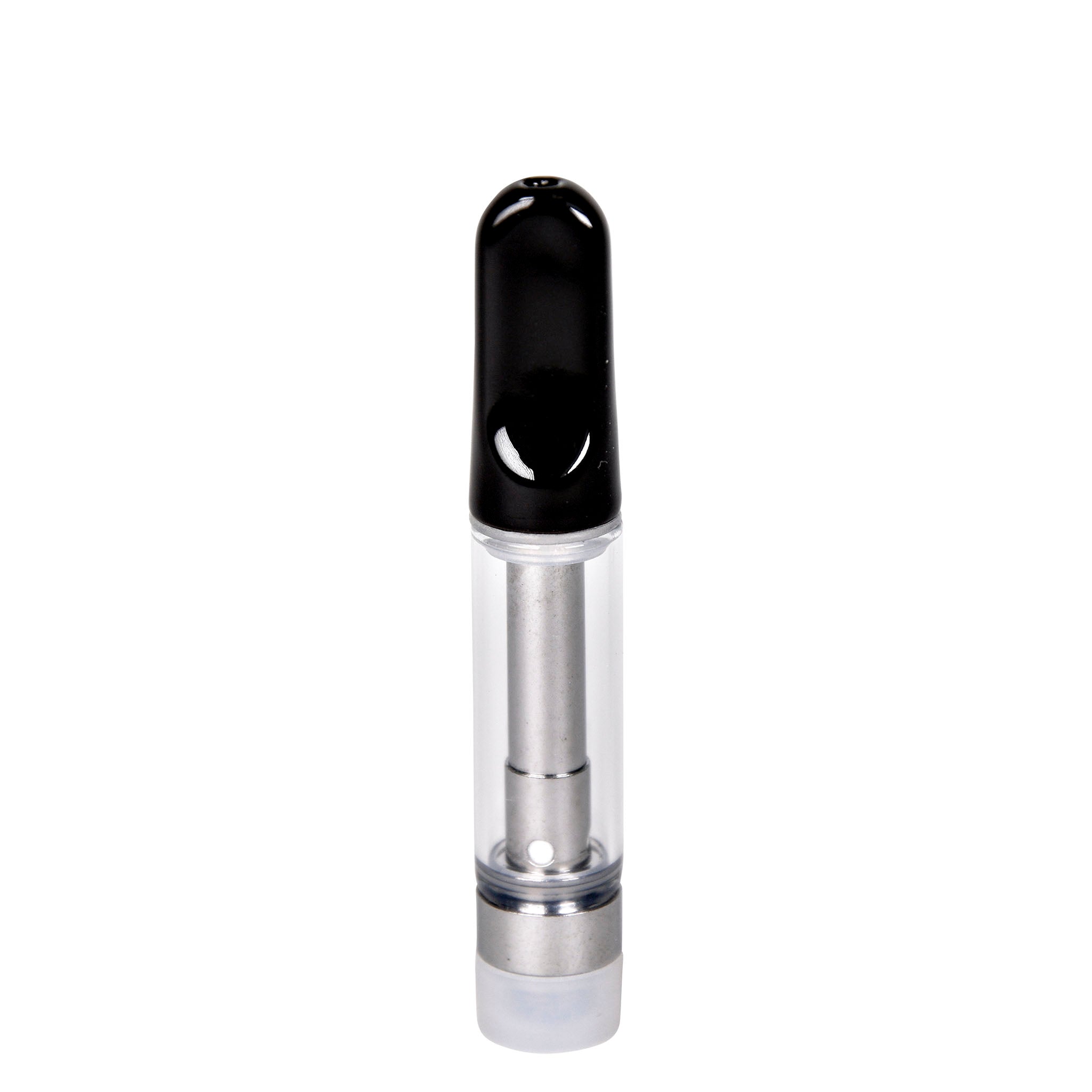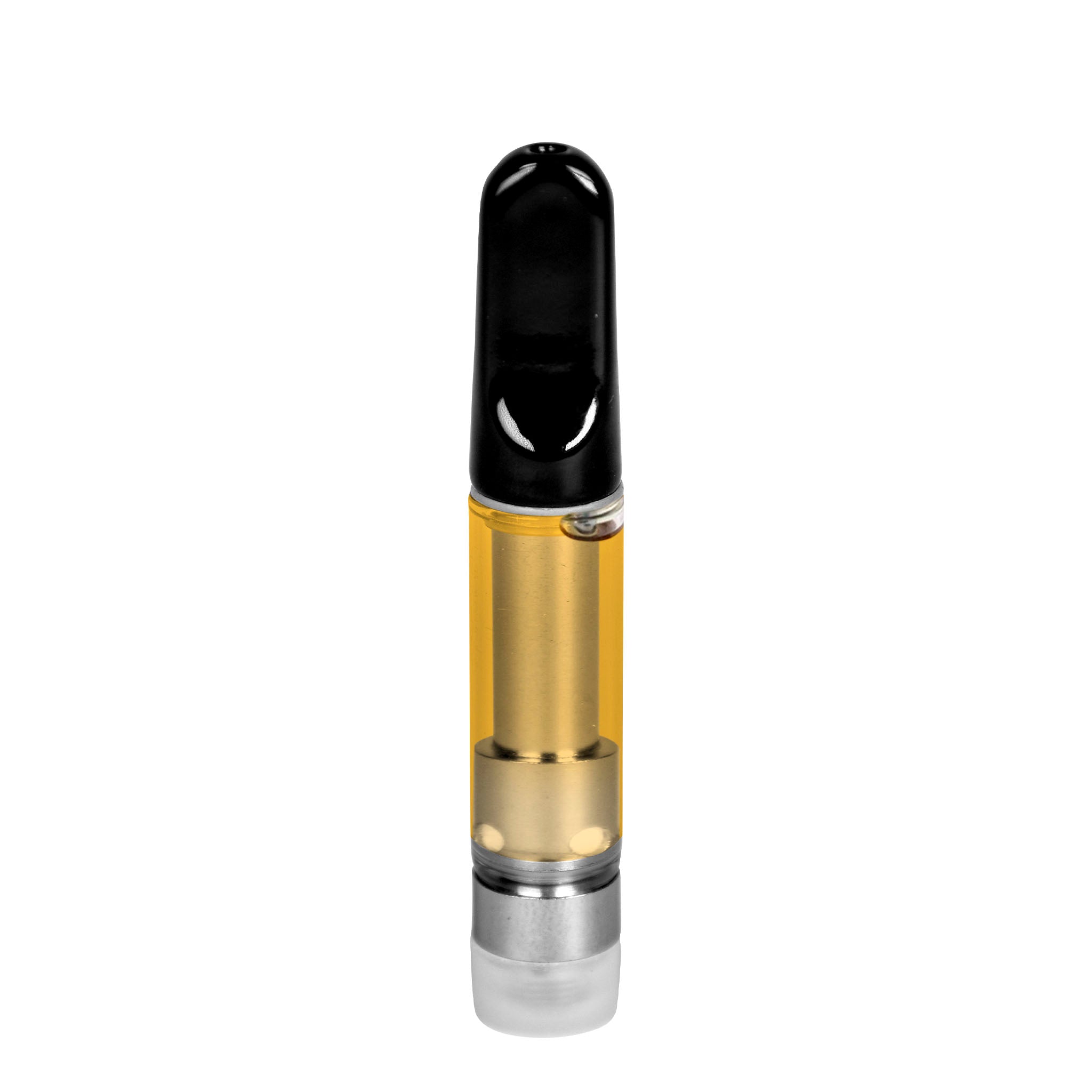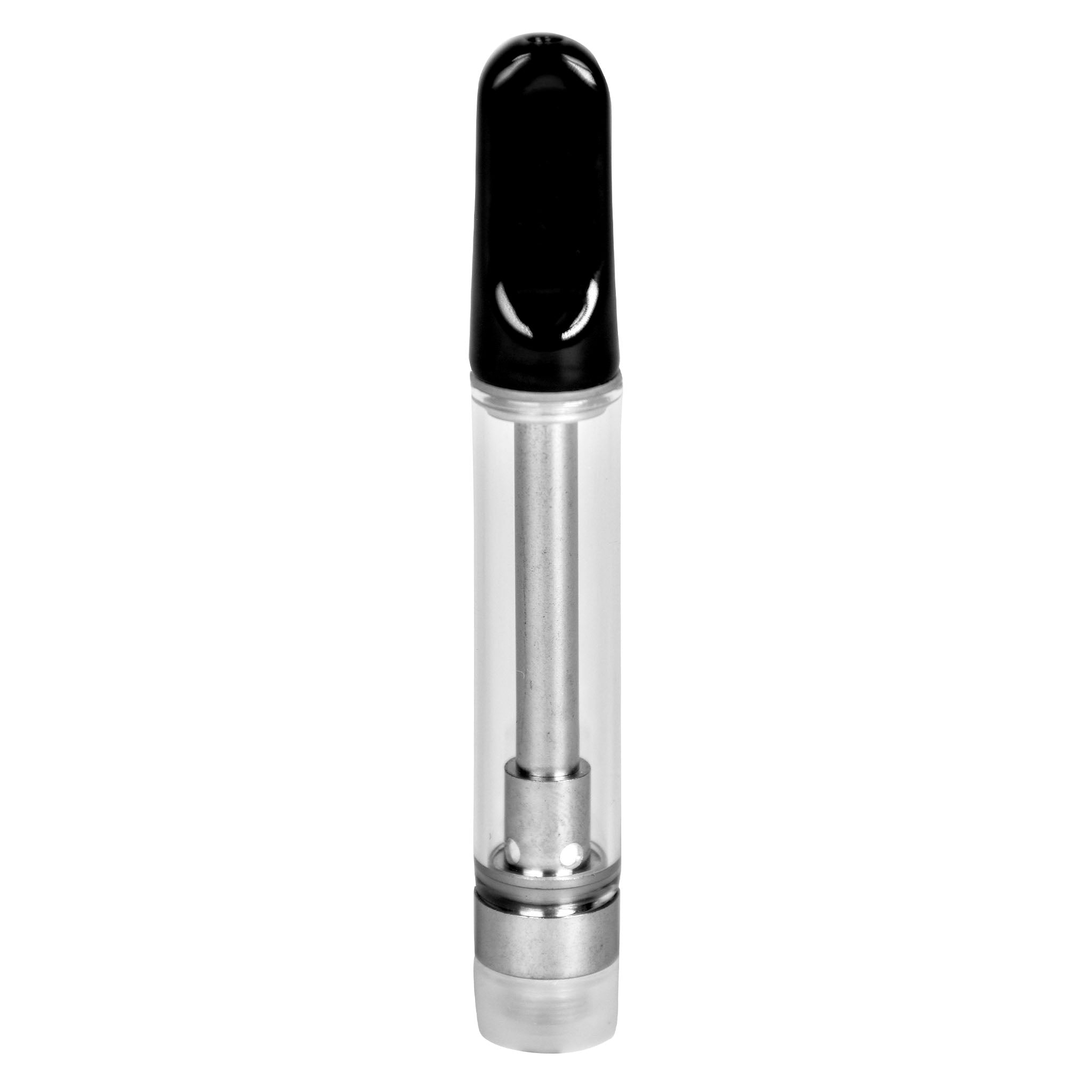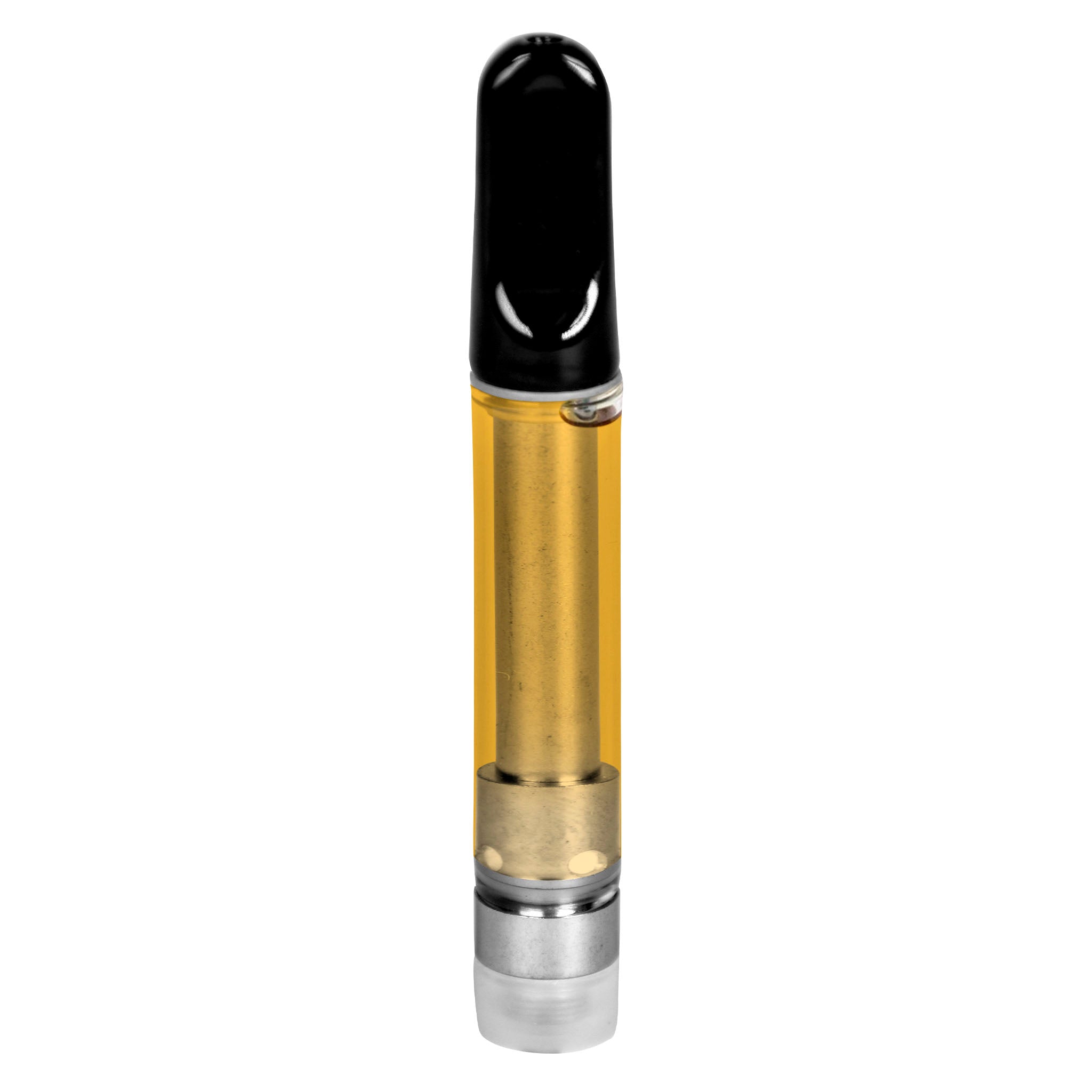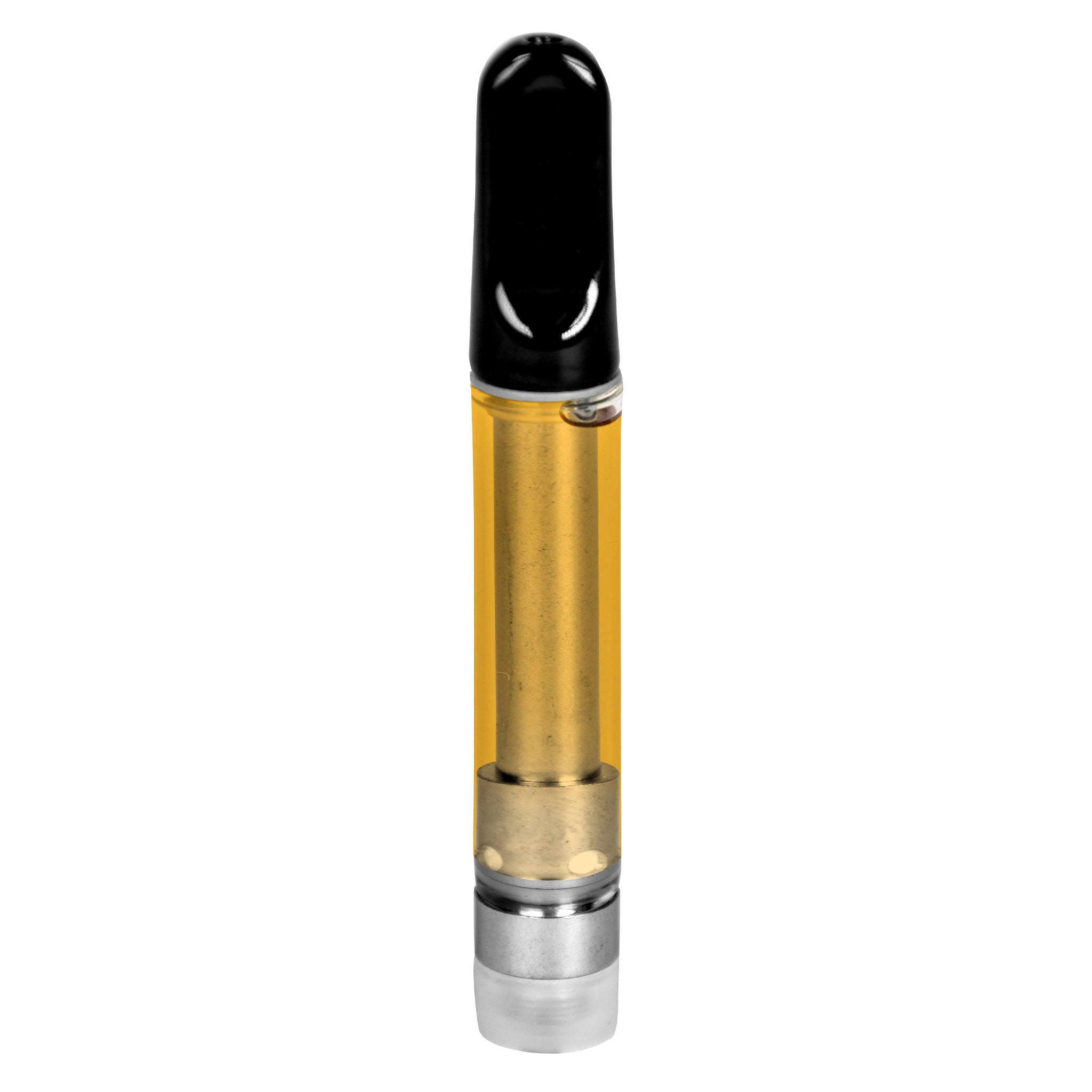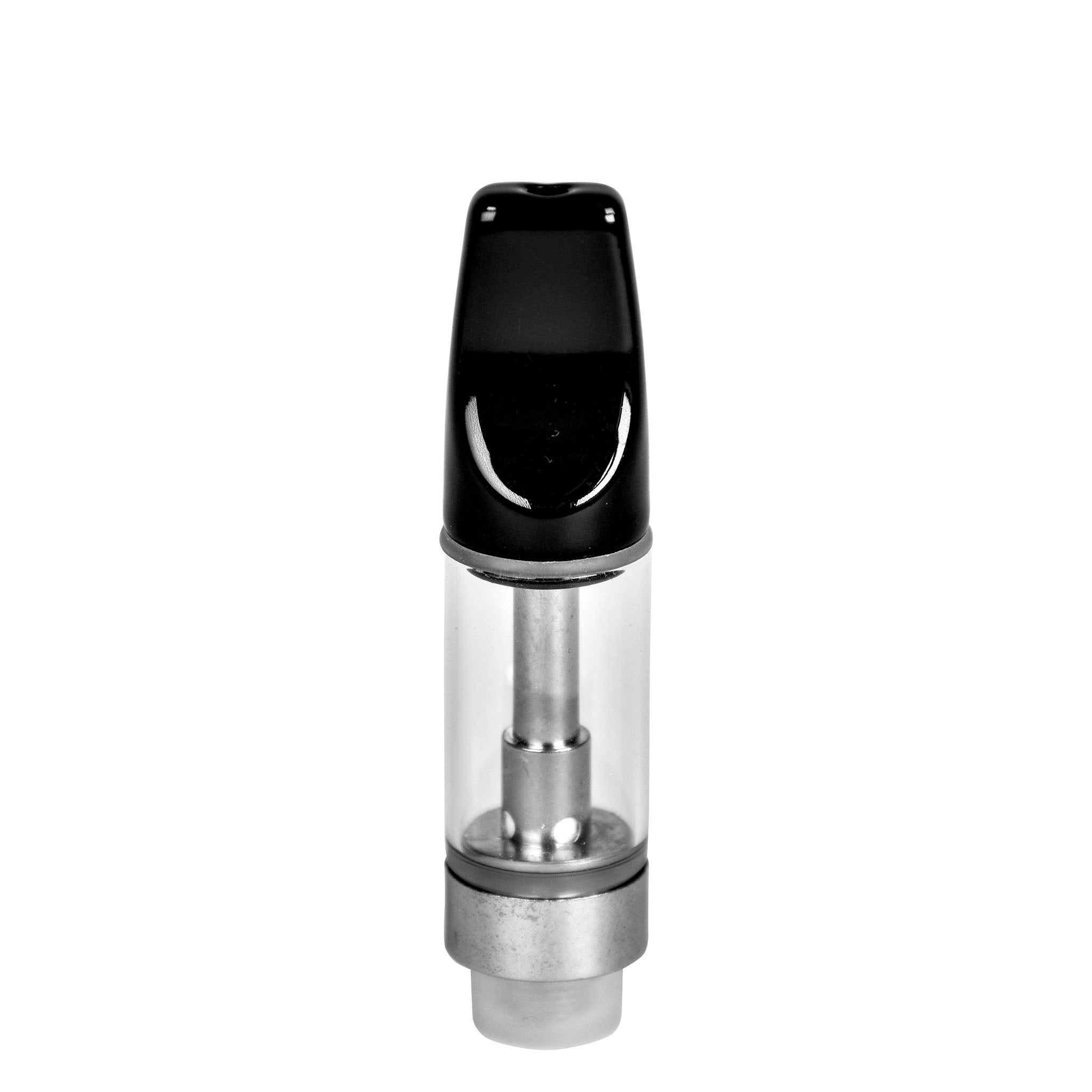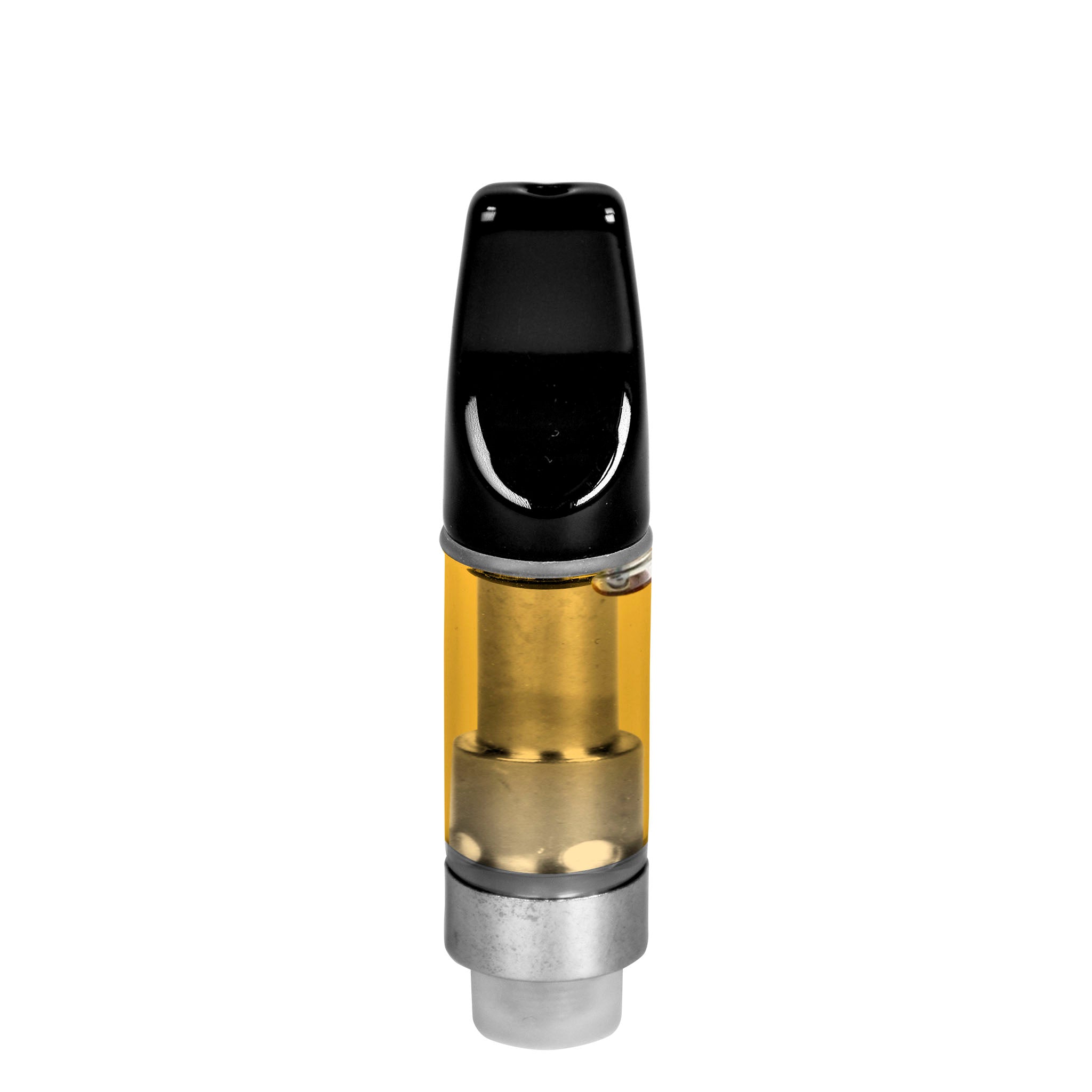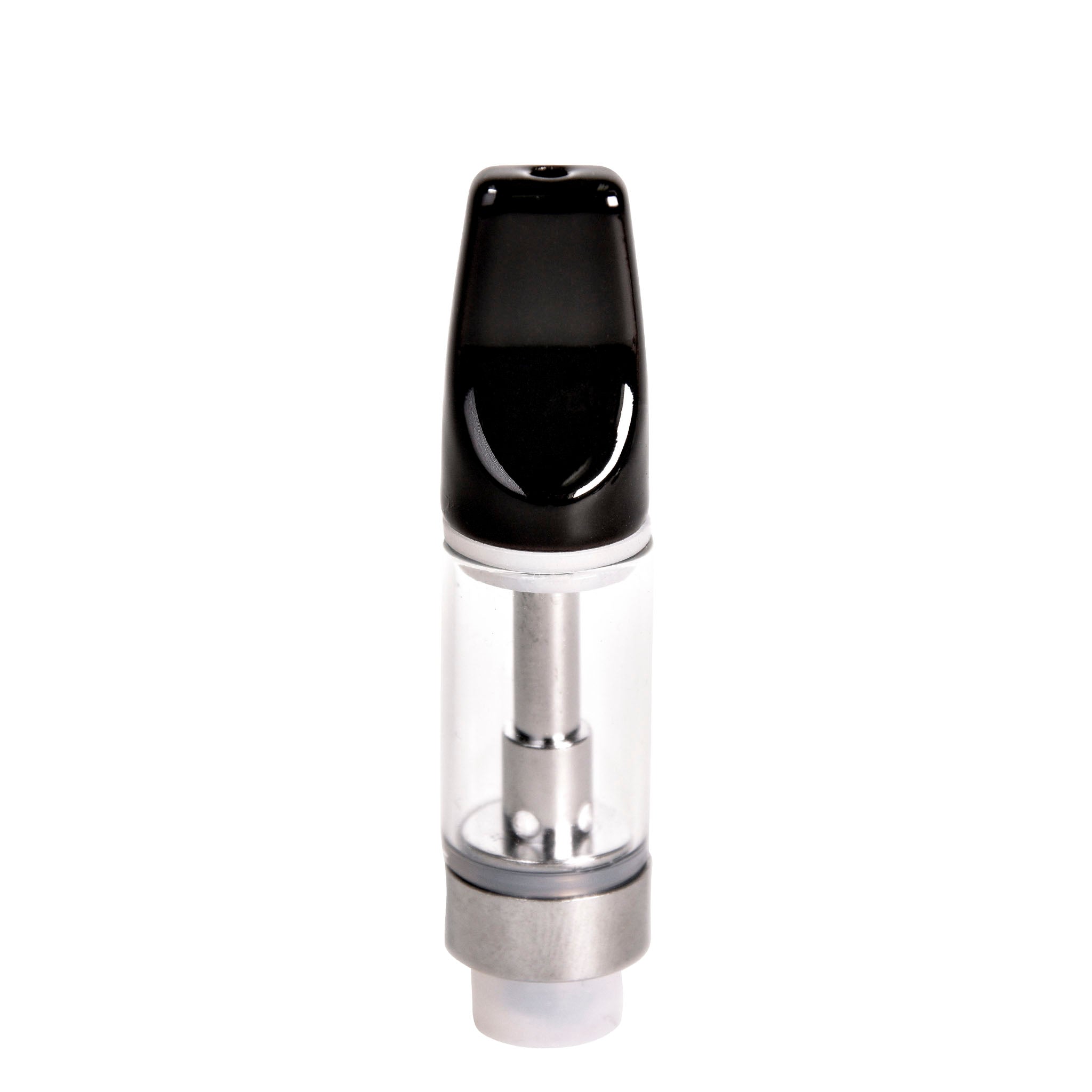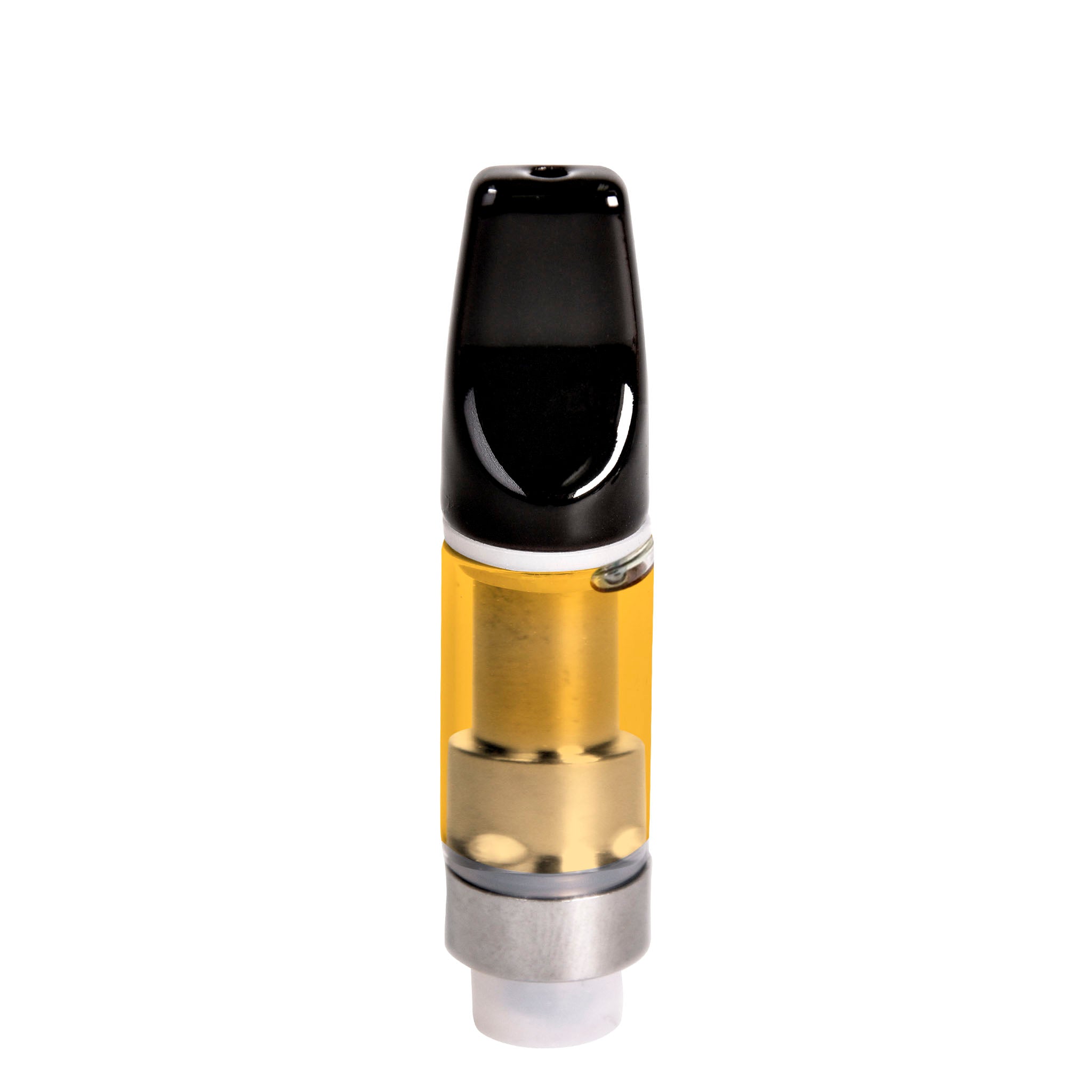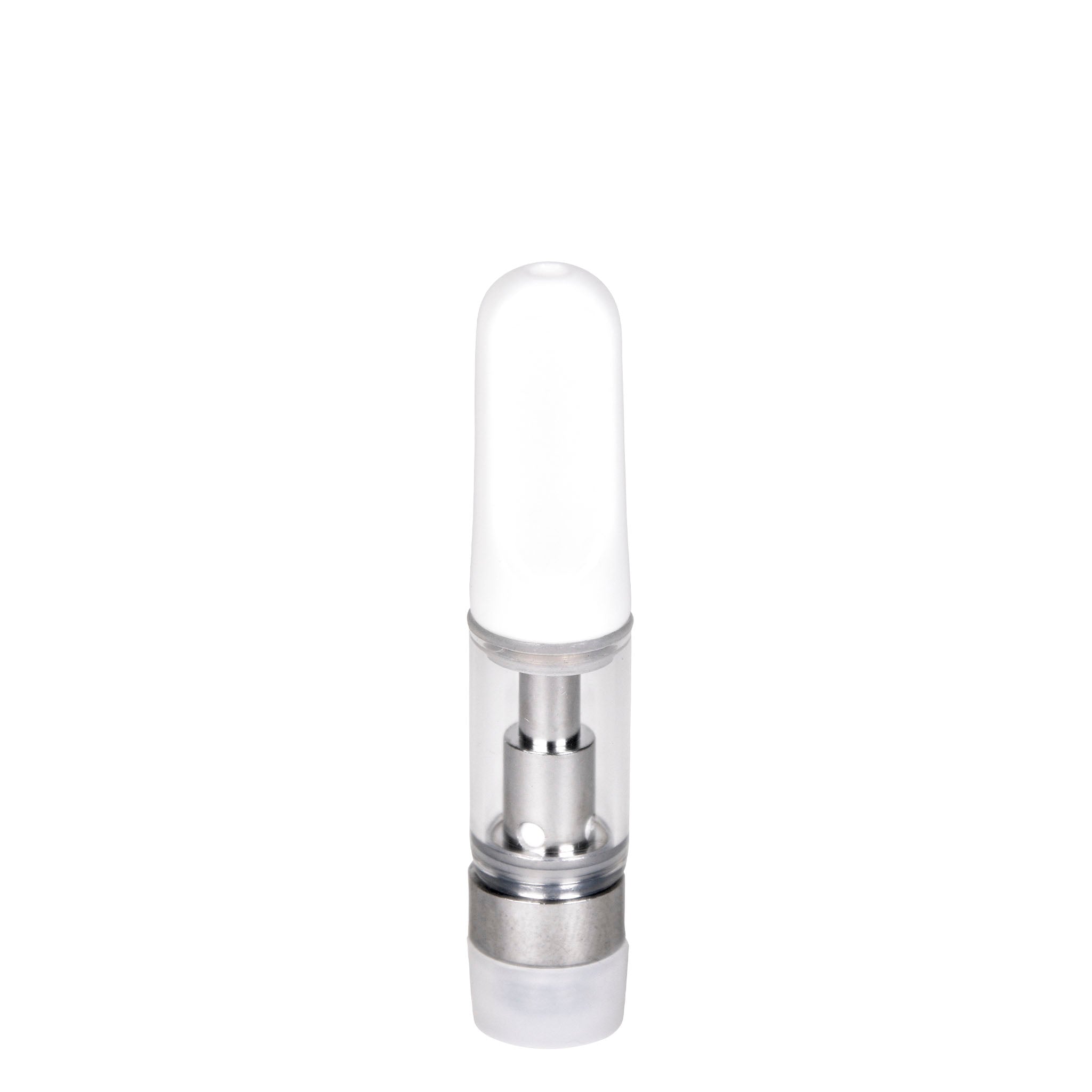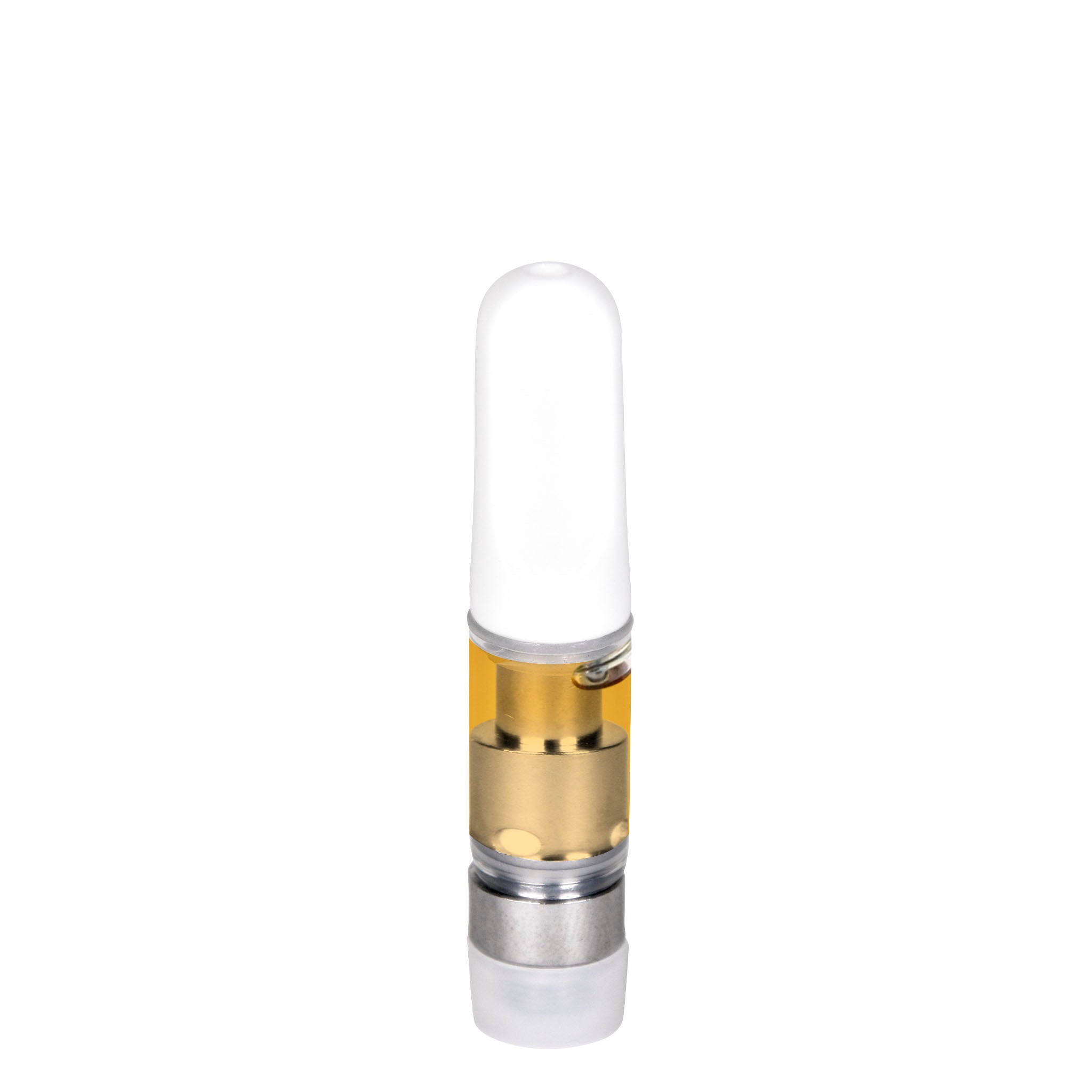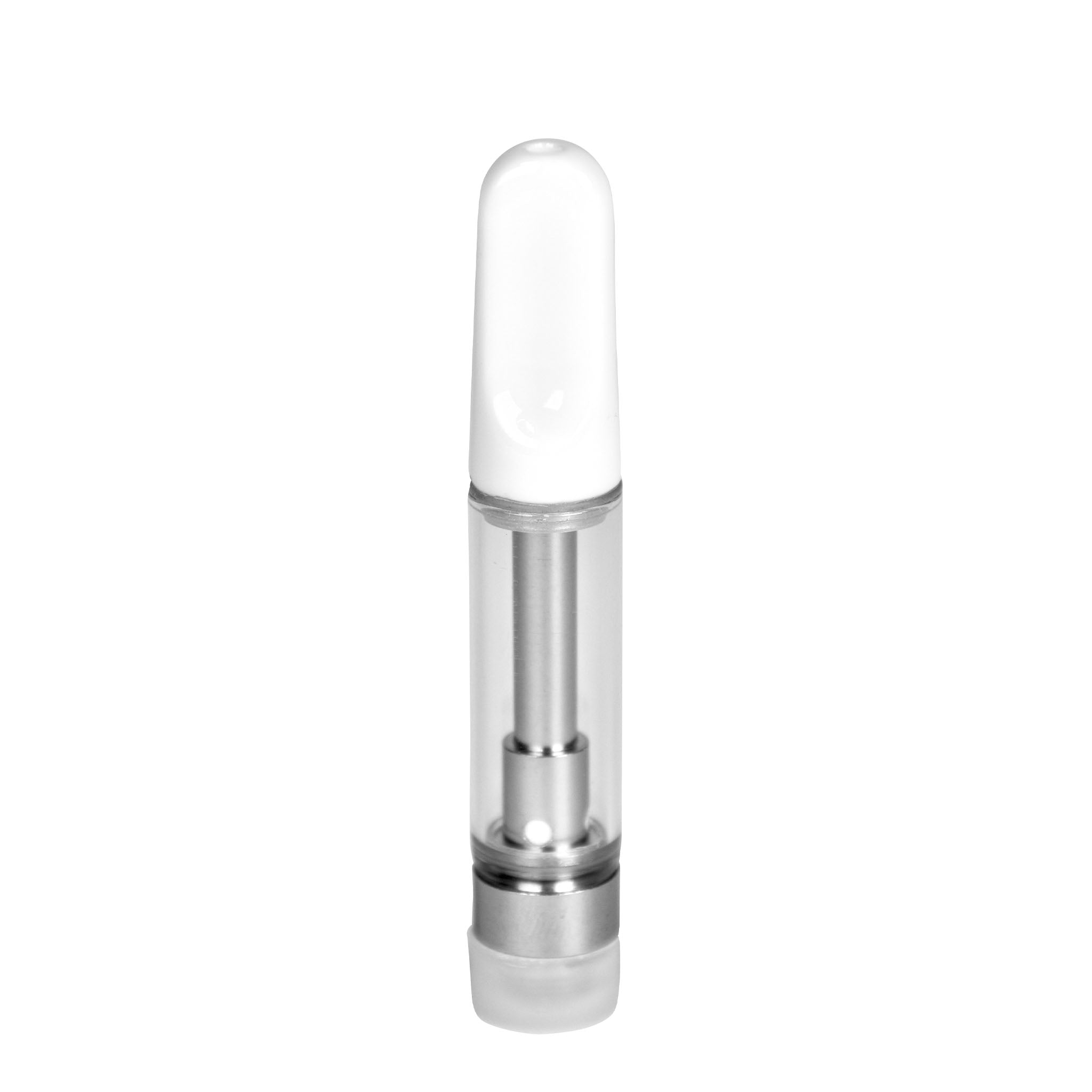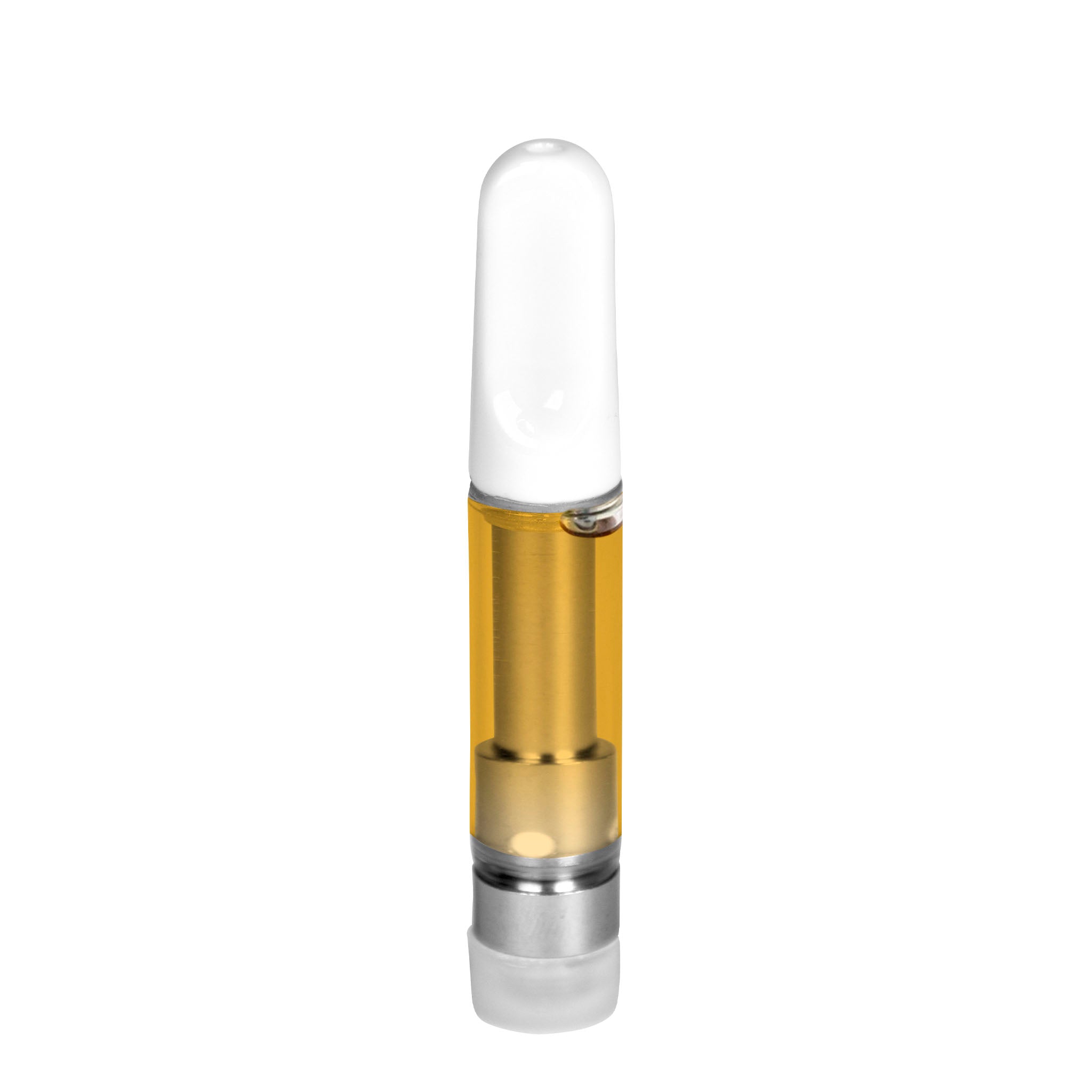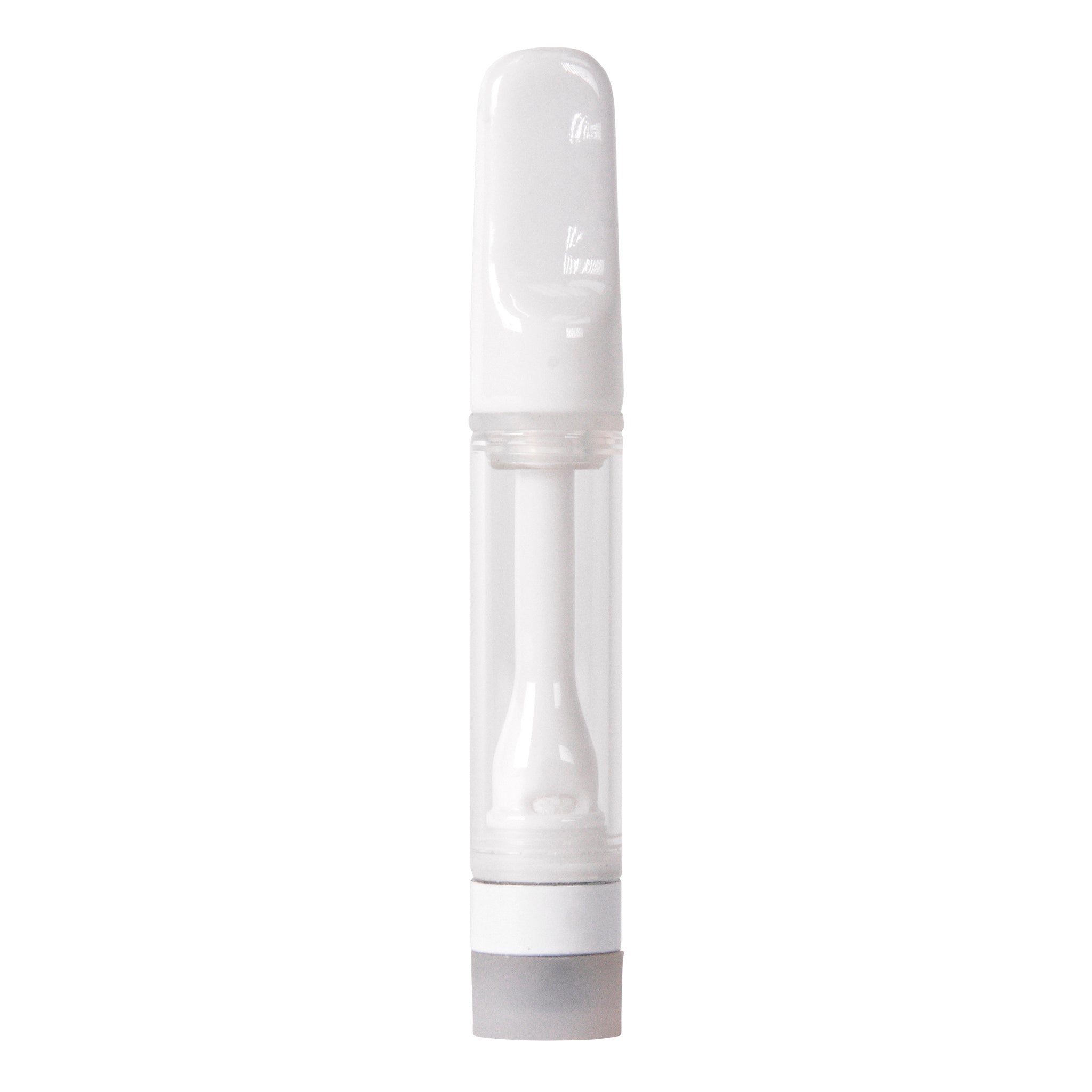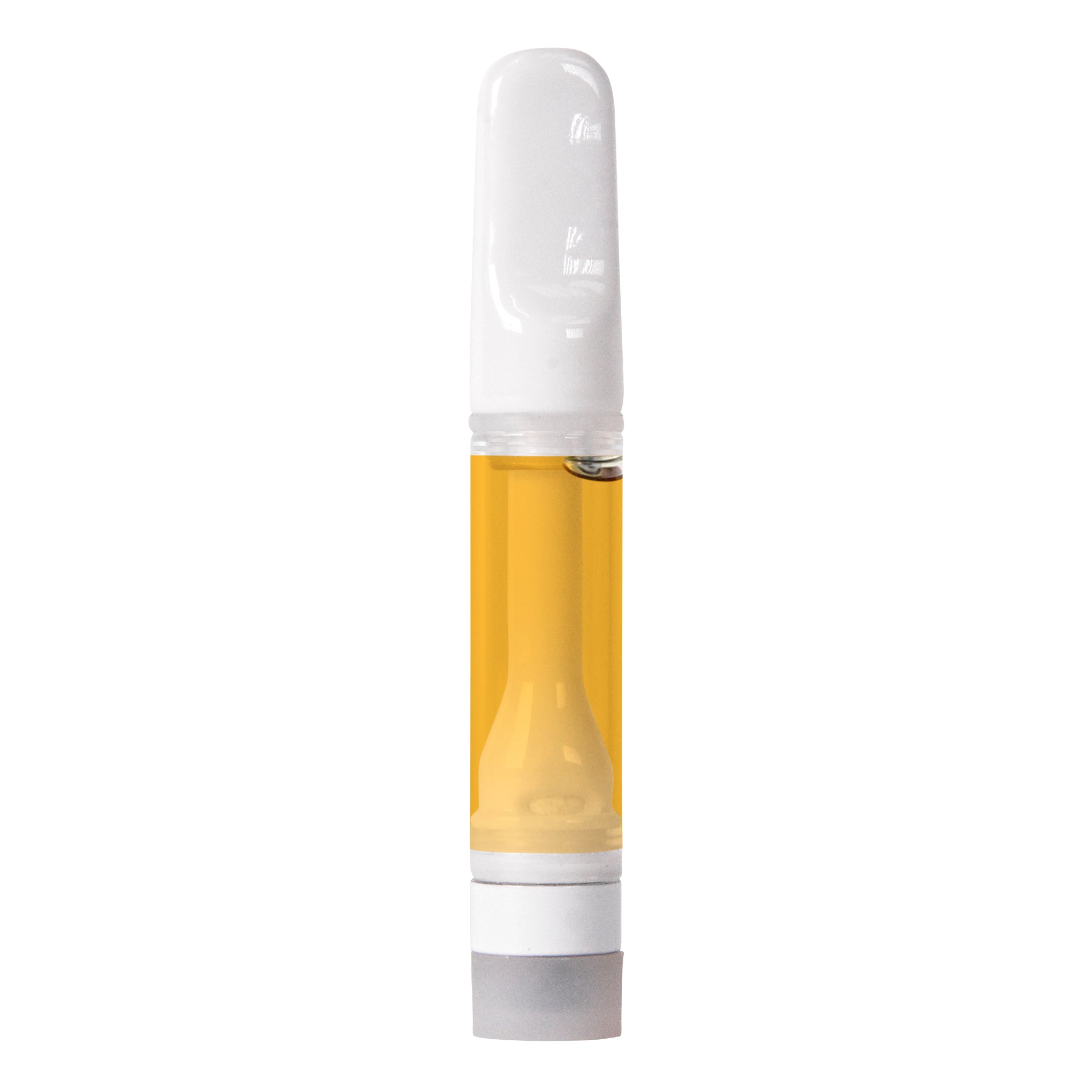Storing weed properly is crucial for maintaining its potency and freshness. But how long can weed last in a sealed bag?
This is a common question among cannabis consumers. Both recreational and medicinal users want to ensure their weed stays fresh for as long as possible.
In this article, we'll delve into the science of weed storage. We'll explore how factors like light, air, temperature, and humidity can affect the shelf life of your stash.
We'll also discuss the benefits of using sealed bags, such as mylar bags and dispensary bags. These packaging options can significantly extend the longevity of your weed.
Whether you're a casual user or a dispensary owner, this guide will provide valuable insights. By the end, you'll know how to store your weed effectively to preserve its quality and potency.
So, let's dive in and learn more about the art and science of weed storage.
Understanding Weed Degradation Factors
When it comes to weed storage, several factors can affect its quality. The first is light. Exposure to light, especially UV light, can degrade the THC in weed. This can lead to a loss of potency over time.
Air is another factor. When weed is exposed to air, it can dry out. This can make it harsh to smoke and can also degrade the THC. That's why airtight storage is so important.
Temperature also plays a role. If weed is stored in a warm environment, it can speed up the degradation process. It can also encourage the growth of mold and bacteria.
Humidity is the final factor. If weed is stored in a humid environment, it can also encourage mold growth. On the other hand, if the environment is too dry, it can cause the weed to dry out.
Understanding these factors is the first step in ensuring your weed stays fresh and potent for as long as possible.
The Science Behind Sealed Bags for Weed Storage
Sealed bags play a crucial role in weed storage. They work by creating an airtight environment that protects the weed from exposure to air. This helps to prevent the weed from drying out and losing its potency.
In addition, sealed bags can also protect weed from light. Some bags, like mylar bags, are designed to reflect light away. This helps to preserve the THC in the weed, maintaining its potency.
Temperature and humidity can also be controlled in a sealed bag. By storing the bag in a cool, dry place, you can help to extend the shelf life of your weed.
In essence, sealed bags provide a controlled environment that helps to preserve the quality and potency of weed.
Types of Weed Packaging Bags
There are several types of weed packaging bags available in the market. Each type has its own set of advantages and disadvantages.
Mylar bags are a popular choice for weed storage. They are known for their durability and ability to block out light.
Dispensary bags are another option. These are often used by dispensaries to package and sell weed. They come in various sizes and designs.
Plastic baggies are also used for weed storage. They are lightweight and easy to use. However, they may not provide the best protection against light and air.
Here is a quick comparison of these three types of bags:
- Mylar bags: Durable, light-blocking, airtight
- Dispensary bags: Variety of sizes and designs, compliant with regulations
- Plastic baggies: Lightweight, easy to use, less protective
Mylar Bags: The Gold Standard for Weed Storage
Mylar bags are often considered the gold standard for weed storage. They are made from a material that is highly resistant to light, air, and moisture.
This makes them an excellent choice for preserving the quality and potency of weed. They can also be sealed to create an airtight environment.
However, mylar bags can be a bit more expensive than other types of bags. But many users find the extra cost worth it for the superior protection they provide.
Dispensary Bags and Compliance
Dispensary bags are designed to meet the specific needs of dispensaries. They are often compliant with state regulations for packaging and selling weed.
These bags come in a variety of sizes and designs. Some even have child-resistant features.
However, dispensary bags may not provide the same level of protection as mylar bags. They are often clear, which means they do not block out light.
Plastic Baggies vs. Mylar Bags
Plastic baggies are a common choice for weed storage. They are lightweight and easy to use.
However, they do not provide the same level of protection as mylar bags. They are not as durable and do not block out light as effectively.
In addition, plastic baggies are not always airtight. This means they may not preserve the quality and potency of weed as well as mylar bags.
Despite these drawbacks, plastic baggies can be a good option for short-term storage or for transporting small amounts of weed.
Maximizing the Shelf Life of Weed in Sealed Bags
To maximize the shelf life of weed in sealed bags, it's crucial to create an airtight environment. This helps to prevent exposure to air, light, and moisture, which can degrade the quality and potency of weed.
One way to ensure an airtight seal is to use a heat sealer. This device uses heat to melt the bag's opening, creating a tight seal.
Here are some tips for maximizing the shelf life of weed in sealed bags:
- Use a heat sealer for airtight sealing
- Store bags in a cool, dark place
- Avoid opening the bag frequently
- Check regularly for signs of deterioration
Sealing Techniques for Airtight Storage
A heat sealer is a common tool used for sealing bags. It's easy to use and creates a strong, airtight seal.
To use a heat sealer, simply place the opening of the bag in the device and press down. The heat will melt the plastic, creating a seal.
It's important to let the seal cool before handling the bag. This ensures the seal is strong and won't break.
The Role of Humidity and Temperature Control
Controlling humidity and temperature is crucial for preserving the quality of weed. High humidity can lead to mold growth, while high temperatures can degrade THC.
Ideally, weed should be stored at a humidity level of 59-63% and a temperature below 70°F.
There are products available, like humidity control packets, that can help maintain these conditions inside a sealed bag. These can be a worthwhile investment for long-term weed storage.
Spotting Signs of Deterioration in Stored Weed
When weed starts to deteriorate, it often changes in color, smell, and texture. It's important to regularly check your stored weed for these signs.
If your weed turns a brownish color, loses its distinct smell, or becomes crumbly, it may be past its prime. These changes can indicate a loss of potency or the presence of mold.
Remember, consuming deteriorated weed can have negative health effects. Always prioritize quality and safety when storing and using weed.
Innovative and Sustainable Weed Storage Solutions
The cannabis industry is constantly evolving. This includes the development of innovative and sustainable weed storage solutions.
Some companies are now producing biodegradable weed packaging bags. These bags are designed to decompose naturally over time, reducing their environmental impact.
Smart packaging technologies are also emerging. These include bags with built-in freshness monitors and humidity control systems.
While these solutions may be more expensive, they offer added benefits. They can help maintain the quality of your weed and contribute to a more sustainable cannabis industry.
Conclusion: Best Practices for Long-Term Weed Preservation
Proper weed storage is crucial for maintaining its potency and freshness. It's not just about finding a place to stash your stash.
Choosing the right packaging, such as mylar bags or dispensary bags, can make a significant difference. These bags protect your weed from light, air, and moisture.
Remember to store your weed in a cool, dark, and dry place. Regular checks for signs of mold or deterioration are also essential.
In conclusion, investing in quality weed storage solutions is worth it. It ensures that you get the most out of your weed, whether for medicinal or recreational use.

